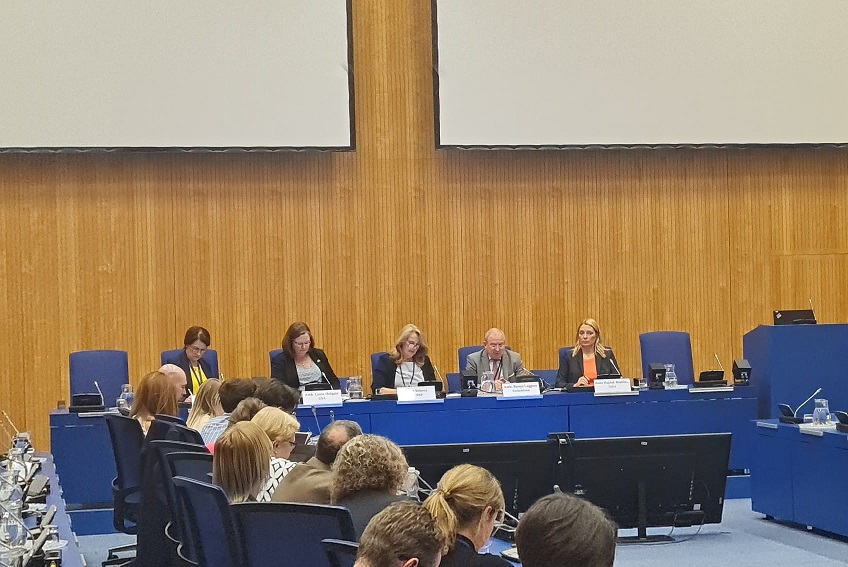
In March 2022, Director General of the International Atomic Energy Agency (IAEA) Rafael Mariano Grossi announced Seven Indispensable Pillars for Nuclear Safety and Security during an armed conflict. How do the Seven Pillars fit in the international legal and normative landscape and how can their implementation be assured? To elaborate on these and other questions, the VCDNP and the Permanent Missions of the United States and Switzerland to the International Organisations in Vienna held a side event on 10 August 2023 on the margins of the first Preparatory Committee meeting of the 11th Review Conference of the Treaty on the Non-Proliferation of Nuclear Weapons (NPT).
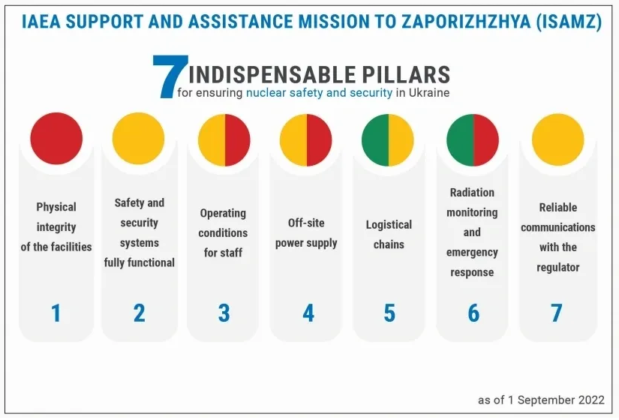
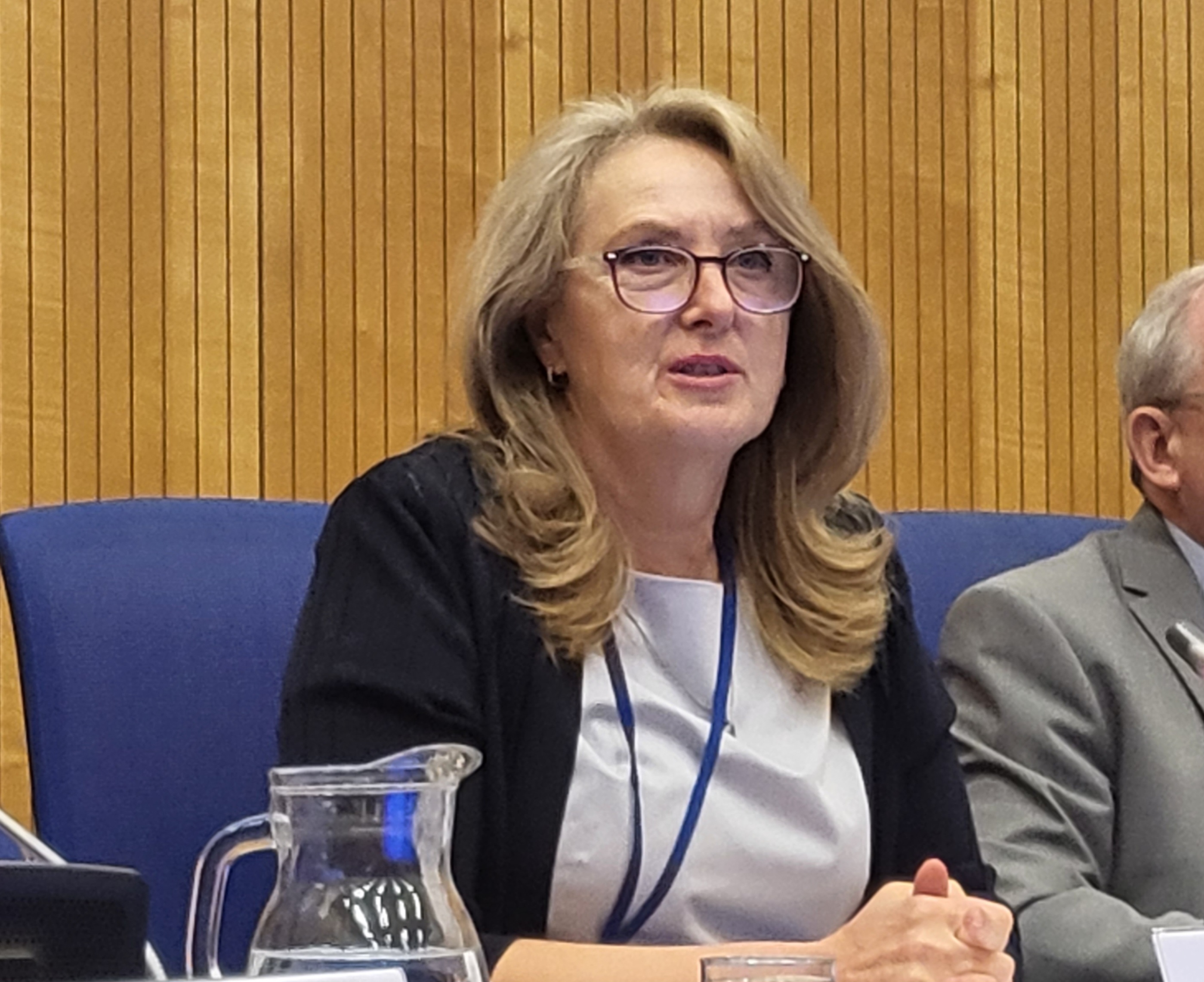
VCDNP Executive Director Elena K. Sokova moderated the panel discussion. Opening the event, Ms. Sokova noted the near universal support for the IAEA’s Seven Pillars among NPT States Parties as reflected in the draft final document of the 2022 NPT Review Conference. She also noted that the Seven Pillars derive from existing nuclear safety standards and nuclear security guidance documents published by the International Atomic Energy Agency (IAEA) in consultation with Member States. Based on those principles, the IAEA has also elaborated five concrete principles aimed at ensuring nuclear safety and security at the Zaporizhzhia nuclear power plant in Ukraine.
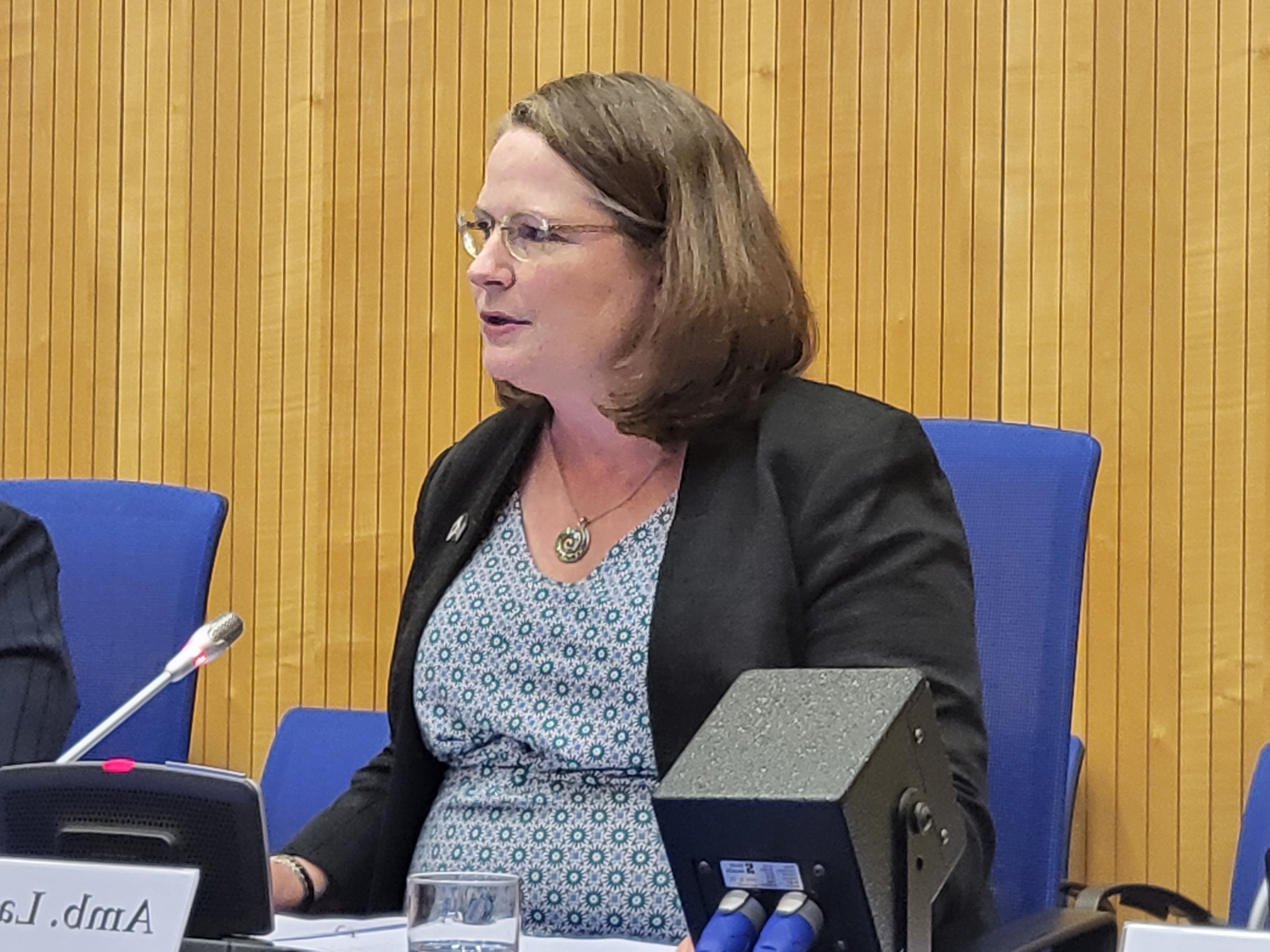
Ambassador Holgate remarked on the novel context in which the Seven Pillars were conceived: a nuclear power plant being treated as a military object in a warzone. She noted the wide range of the IAEA’s innovations that are applicable to this situation, including the Seven Pillars and five principles, the Convention on Assistance in the Case of a Nuclear Accident or Radiological Emergency, the Response and Assistance Network, and the Incident and Emergency Centre. She also drew attention to Director General Grossi’s regular updates on the situation at the Zaporizhzhia nuclear power plant, as well as the deployment of IAEA staff for on-site support.
Drawing on her experience in nuclear security diplomacy during the Nuclear Security Summits process, Ambassador Holgate stressed that the key to success in promoting instruments such as the Seven Pillars is to build coalitions across ideological groupings to act. While States differ in terms of their circumstances and capabilities, it is in the interest of all States to ensure nuclear technology is used safely and securely. A high degree of collective confidence in nuclear safety and security, she said, would encourage countries to make better use of peaceful applications of the atom. In this regard, Ambassador Holgate argued for a broader understanding among NPT States Parties of how to utilise the instruments noted above.
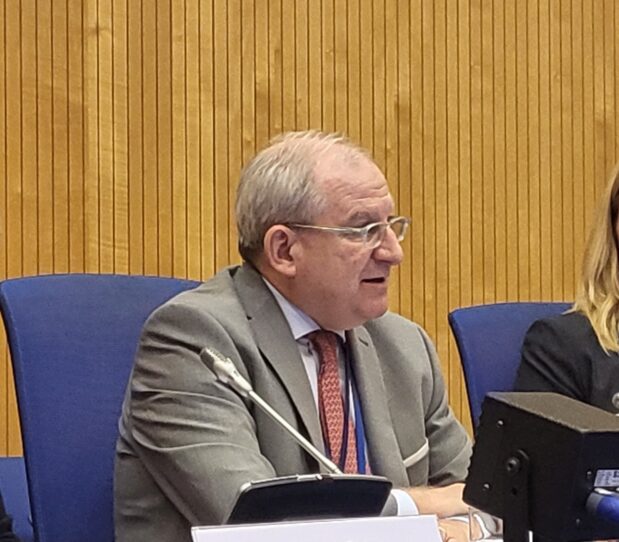
Ambassador Laggner, drawing from his extensive experience in multilateral non-proliferation fora, discussed further steps States could take to promote the IAEA’s Seven Pillars. He emphasised that the Pillars and five principles were a pragmatic and sensible approach not only for Ukraine, but also for other situations in which armed conflict and nuclear facilities could intersect. Some of the easy steps to promote the Seven Pillars would be to express political support in national and group statements, as was the case at the 2022 Review Conference and the 2023 Preparatory Committee meeting, organise side events and express commitment in NPT working papers.
A more challenging step Ambassador Laggner pointed to would be to formalise the normative status of the Seven Pillars in a document, such as a Review Conference final document (the draft final document of the 2022 Review Conference and the draft summary of the 2023 Preparatory Committee meeting both did this). The Seven Pillars could also be referenced in the nuclear safety or nuclear security resolutions at the annual General Conference. More ambitious still would be to codify the Seven Pillars in a legal instrument, though Ambassador Laggner noted that a politically binding instrument—such as a code of conduct—would be easier to accomplish.
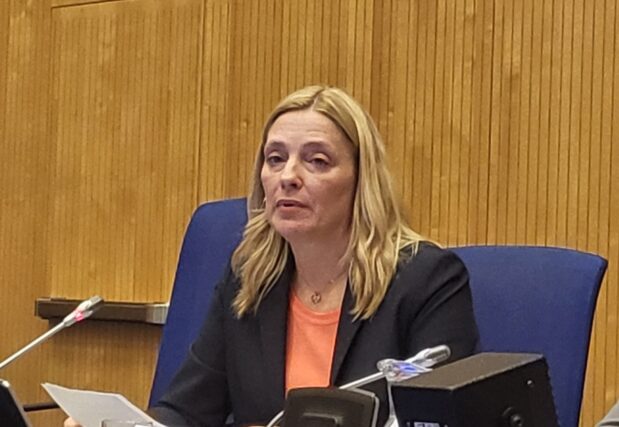
Anna Hajduk Bradford discussed the seven pillars themselves and what the IAEA has done thus far to ensure their implementation. She noted that, while the situation at the Zaporizhzhia nuclear power plant had not resulted in an accident, each of the pillars had been violated. In this context, the IAEA established the IAEA Support and Assistance Mission to Zaporizhzhia. There have been 21 deliveries of safety and security equipment to Ukrainian nuclear facilities to date, worth approximately six million euros. She also noted the critical role of the IAEA’s Incident and Emergency Centre, which has been working around the clock since the start of the war. In this regard, the IAEA Secretariat is considering setting up a dedicated Ukraine task force to ensure the Centre’s ability to respond to emergencies if they arise elsewhere. When asked what Member States can do to better support the IAEA in this regard, she said that the funding already received in support of its activities in Ukraine was appreciated and further such support would be helpful.
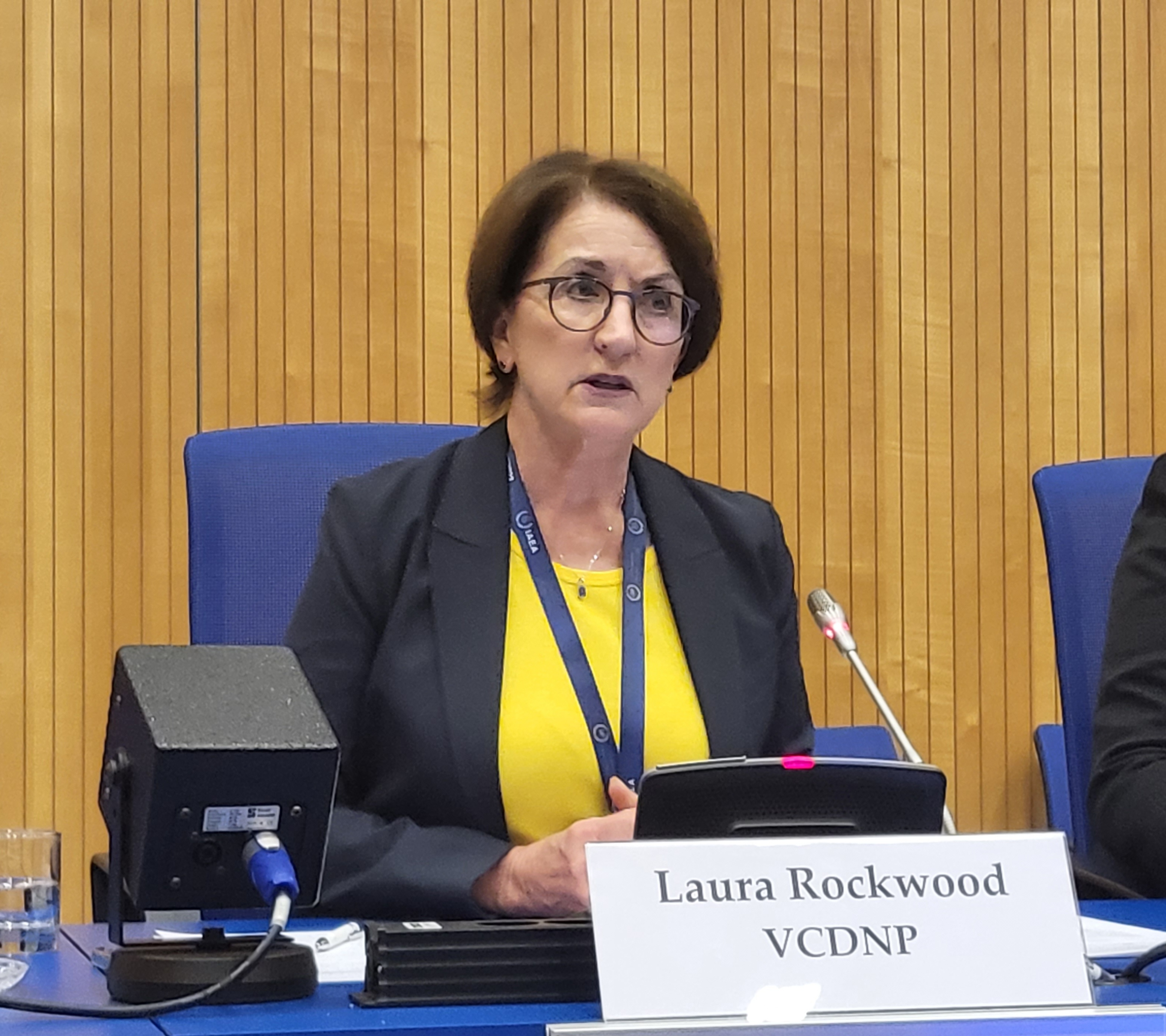
Laura Rockwood focused her remarks on the legal situation regarding armed attacks on nuclear facilities. In terms of international humanitarian law, she referred to the basic principles of distinction between combatants and civilians, achieving a military objective, and the proportionality of the force applied. She also discussed the 1949 Geneva Conventions and two of their Additional Protocols, which contain explicit prohibitions against attacks on nuclear power plants. However, she pointed out that the relevant prohibition in Additional Protocol I of the Geneva Convention excludes facilities that provide power in direct support of military operations, while Additional Protocol II reiterates the prohibition without the exemption. As the VCDNP Non-Resident Senior fellow John Carlson noted in his paper, it is unclear how this inconsistency would be reconciled in practice.
Aside from the Geneva Conventions and their Additional Protocols, Ms. Rockwood referenced other treaties and international instruments relevant to attacks on nuclear facilities, including:
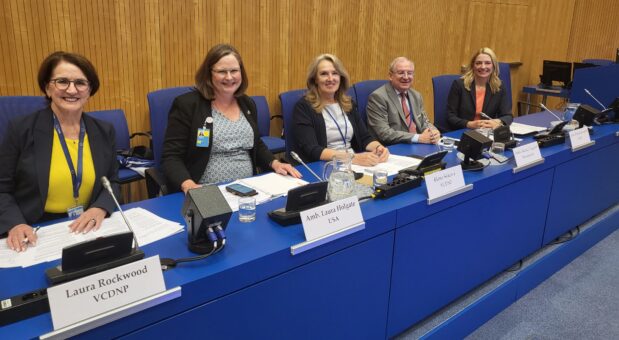


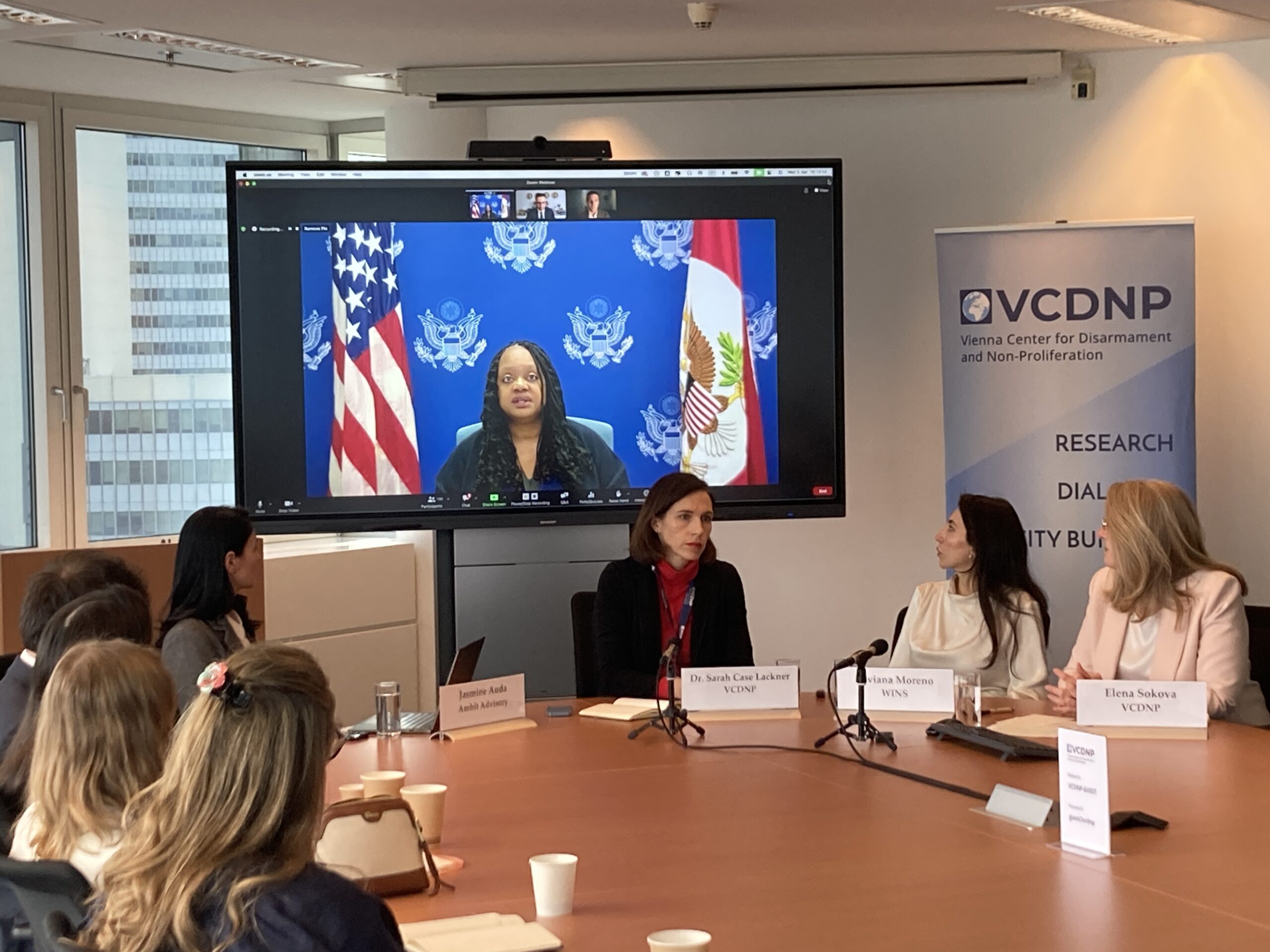

By continuing to use the site, you agree to the use of cookies. more information
The cookie settings on this website are set to "allow cookies" to give you the best browsing experience possible. If you continue to use this website without changing your cookie settings or you click "Accept" below then you are consenting to this.